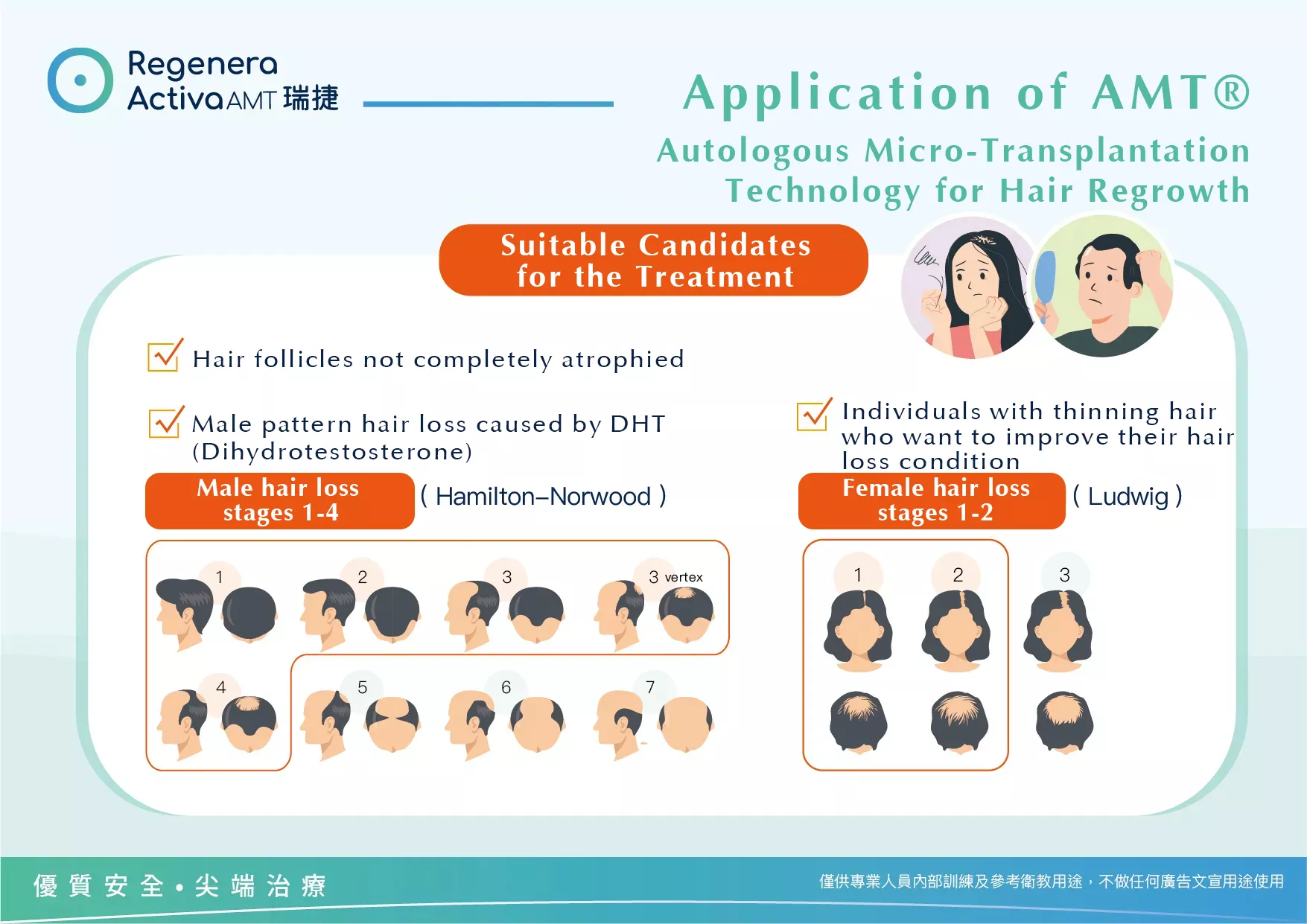
What Defines Healthy Hair Follicles?
In general, a person's hair can number around 100,000 strands, with hair growing approximately 0.3-0.4 millimeters per day. This equates to about 1 centimeter of hair growth per month and an average of 12 centimeters in a year. As for daily hair loss, it's considered normal to lose around 60-100 strands of hair per day. However, if the daily hair loss exceeds 100-150 strands, it's important to be alert to possible causes such as male pattern baldness, female hair loss, or hair loss due to various medical conditions.
Hair Growth Cycle

The hair growth cycle is divided into the following stages: Anagen Phase → Catagen Phase → Telogen Phase → New Hair Regeneration Phase.
The "routines" of each hair strand are not synchronized, and the growth of new hair and hair shedding occurs simultaneously. In a healthy scalp, approximately 85% of hair follicles should be in the "anagen phase," while hair in the "telogen phase" should be maintained at around 14%. If this balance is disrupted, it can lead to noticeable hair loss with a faster rate of shedding compared to hair strand regeneration.
Anagen Phase
Under normal circumstances, approximately 85% of the hair is in the anagen phase. During this period, hair continuously grows and can be maintained for about 2-4 years. However, the length of the hair growth cycle can vary individually and may be affected by age. This shortening of the growth phase is particularly noticeable after the age of 30 and following childbirth.
Catagen Phase
After the anagen phase, the hair enters a catagen phase that lasts for several weeks. During this stage, the rate of cell division in the hair slows down, and the hair follicle shrinks to about one-third of its original size. Eventually, the hair detaches from the follicle and gradually moves upward within the scalp.
Telogen Phase
Around 10% of an individual's hair is typically in the telogen phase, where the hair gradually becomes thinner and detaches from the hair follicle. This phase usually lasts for about 2-4 months.
Common Causes of Abnormal Hair Loss

Mumake Hair Growth Treatment

Step 1 Personalized Treatment Assessment
Conducted by professional dermatologists to arrange phased treatments for each client.
Step 2 Nourishing and Scalp Purification
Creating a relaxed and conducive environment for normal hair growth through overhead massages and relaxation, allowing better penetration of subsequent hair growth essences.
Step 3 Hair Growth - Painless Hydrogen-infused Therapy
After scalp relaxation, exfoliate the scalp painlessly at a speed of 220 meters per second while balancing the scalp's oil-water levels. This process facilitates the introduction of atomized hair growth essences into the dermal layer, supplying essential nutrients to hair follicles to enhance hair health and extend the hair growth phase.
Step 4 Hair Regeneration - Autologous Micro Transplantation
Utilizing the AMT autologous micro-transplantation technique, precursor cells and growth factors are supplied to the recipient area through subcutaneous injections using autologous tissue transplantation. This process stimulates tissue activation and regeneration in the recipient area, offering an innovative and non-surgical method for hair regrowth.
What is AMT Autologous Micro Transplantation?

By collecting tissue from behind the ear and subjecting it to special processing, a micro-transplant rich in growth factors is injected subcutaneously to regenerate and repair unhealthy hair follicles. The process only creates an extremely small incision behind the ear, and the treatment can be completed in about 30 minutes. The treatment's effects become visible approximately 3-6 months later.
Step 1. Micro Sampling
After local anesthesia, tissue is obtained near the occipital region behind the ear. The procedure is safe and not easily noticeable in appearance.
Step 2. Cell Extraction
The collected tissue is placed into an instrument for grinding and spinning, extracting tissue suspensions at different concentrations.
Step 3. Precision Injection
The micro-transplant is injected subcutaneously into the superficial layers of the scalp and massaged.


Witness
※The case photos in this text are clinic's pre- and post-operative photos, used for treatment explanation or supplementary educational information. They are for reference only. According to the announcement of the Ministry of Health and Welfare, the case records obtained patient consent and are not medical advertisements.








 Booking Now
Booking Now  Messenger
Messenger  LINE
LINE 


